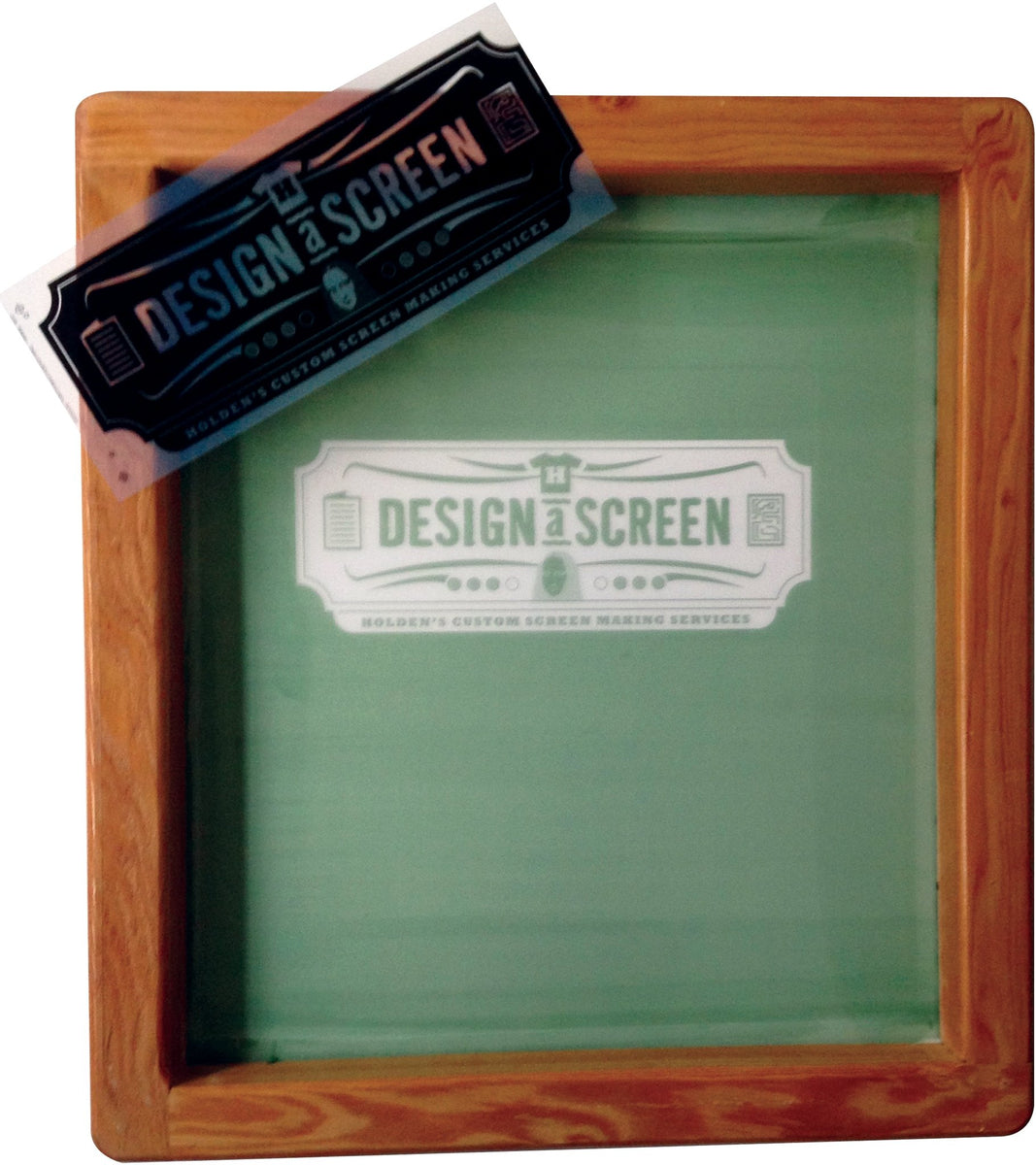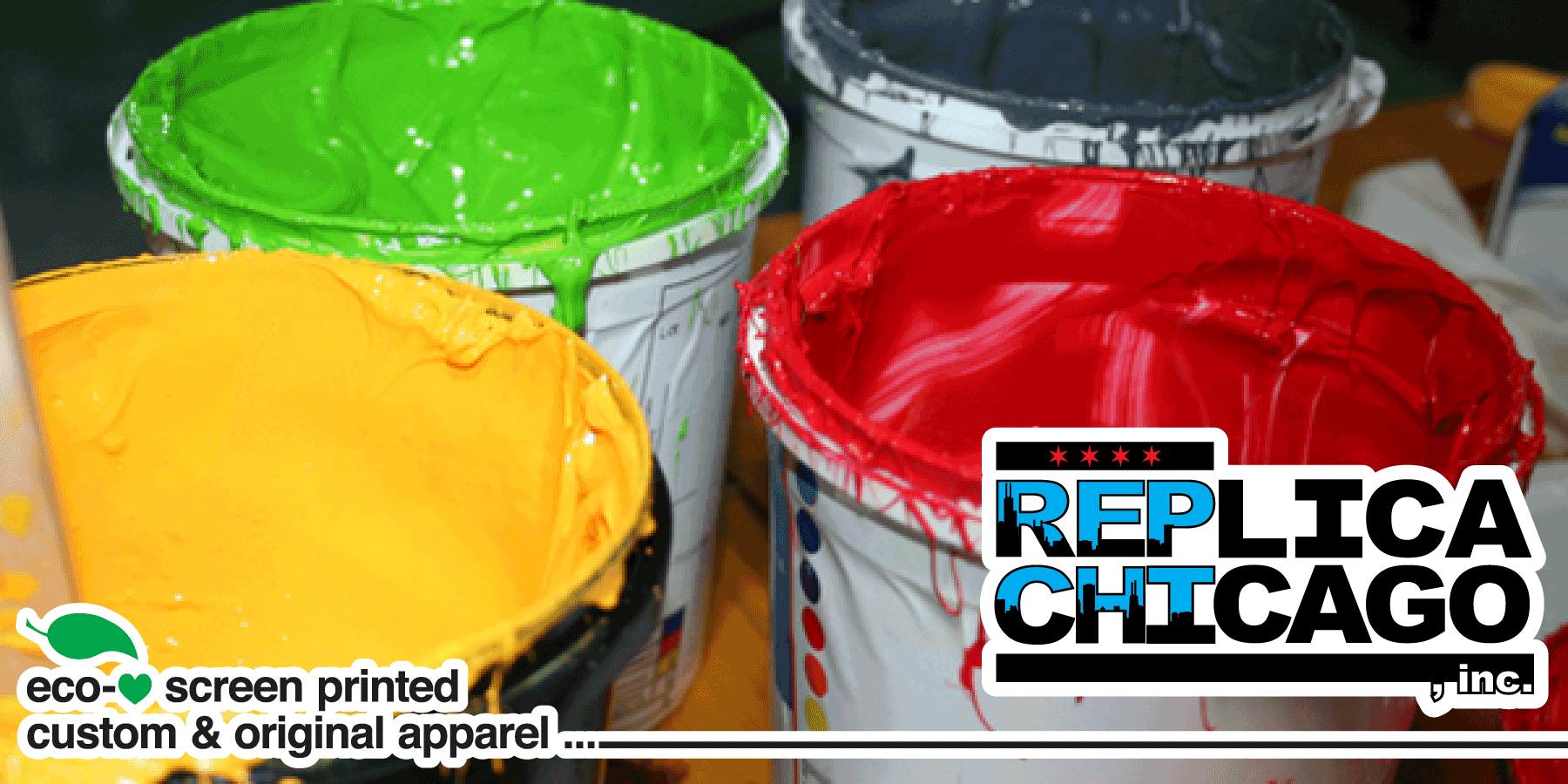Screen Printing Uncovered: Whatever You Required to Know About Tee Shirt and Garment Printing Strategies
Screen printing is a fascinating approach that combines art with strategy, supplying limitless opportunities for imagination. Ready to explore the important aspects that make screen printing an art form?
The Basics of Display Printing: How It Functions
When you dive into screen printing, you'll find it's both an art and a science. At its core, display printing entails producing a pattern, or screen, that permits ink to pass via just in certain areas.
Next, you'll mix your inks and prepare your printing surface area. Setting the screen over the material, after that use a squeegee to push ink via the screen onto the garment. This process requires precision, as you desire clear, lively prints. After printing, you'll cure the ink with warm, guaranteeing it follows the textile and lasts via laundries. Each action is vital, and mastering them will certainly elevate your screen printing abilities, changing straightforward garments into special, meaningful pieces.
Kinds Of Screen Printing Strategies
When you realize the fundamentals of display printing, it's time to check out the various techniques that can raise your designs. One prominent approach is typical screen printing, where ink is pressed through a stenciled screen. This technique is excellent for bold, dynamic colors. There's water-based ink printing, which supplies a softer feel and is eco-friendly, but it calls for a different technique to curing.
An additional alternative is plastisol printing, recognized for its durability and vivid colors, making it a preferred for several brand names. Experiment with halftone printing to develop slope impacts and elaborate layouts.
Vital Tools for Display Printing
To attain sensational outcomes in screen printing, having the right equipment is essential. You'll require a strong display printing structure, which holds the mesh that moves your style onto the garment. Next, spend in top quality mops; these are important for using ink uniformly across the screen.
Choosing the Right Inks and Products
When picking inks and products for display printing, you require to take into account the sort of ink that functions best for your job. Think of fabric compatibility to guarantee your designs look last and great lengthy. Explore environmentally friendly ink options to make your printing procedure much more lasting.
Kinds Of Display Inks
Choosing the best screen ink is necessary for attaining vivid, long lasting prints that satisfy your job's demands. There are numerous sorts of screen inks to take a look at. Plastisol ink is popular for its convenience and simplicity of use, supplying superb shade opacity on dark materials. Water-based ink, on the various other hand, supplies a softer feel and is environment-friendly, making it suitable for those seeking to decrease their environmental effect. Discharge inks remove color from the textile, causing a soft, vintage look however require specific handling. Finally, specialty inks, such as glow-in-the-dark or metal, can include one-of-a-kind effects to your styles. Evaluate your project demands and select the ink that straightens finest with your desired result.

Textile Compatibility Considerations
Comprehending textile compatibility is crucial for achieving premium display prints, particularly since various products react distinctly to numerous inks. When choosing inks, consider the material type-- cotton, polyester, or blends. For cotton, water-based inks function well, providing gentleness and breathability. Polyester, on the various other hand, usually calls for plastisol inks for better adhesion and dynamic shades. If you're publishing on blends, you could need to make use of a mix of both kinds. Constantly test your inks on sample material to assure they adhere effectively and maintain color stability. Furthermore, maintain in mind that material weight and structure can influence the final result, so choosing the best ink and material combo is important for your job's success.
Eco-Friendly Ink Options
Environment-friendly inks are coming to be a popular choice for display printers who desire to minimize their environmental effect while maintaining high quality. When selecting inks, take into consideration water-based inks, which are much less harmful and easier to clean up compared to conventional solvents.
Furthermore, search for inks made from eco-friendly resources, such as soy or vegetable-based options. By choosing the right inks and materials, you'll not only develop magnificent styles yet likewise add to an extra lasting printing process. Make the button, and your prints will certainly show your dedication to the environment!
Preparing Your Layout for Display Printing

Submit Layout Needs
To assure your layout looks vibrant and sharp on textile, you'll require to pay close attention to file style needs for screen printing. Begin with vector files like AI or EPS, as they can be scaled without shedding quality. If you make use of raster pictures, select high-resolution data, such as TIFF or PNG, preferably at 300 DPI. Avoid using JPEGs, as they can lose clarity when resized. Make sure your style has a clear background to stop undesirable white sides on your prints. Maintain color modes in mind; CMYK is standard for display printing, so transform your RGB develops appropriately - screen printing kit. By following these standards, you'll set your art work up for an effective print.
Shade Separation Techniques
Shade splitting up is a vital step in preparing your design for display printing, and grasping it can significantly enhance your print top quality. You'll require to break your design right into private colors, as each shade needs a separate display throughout printing. This precision not just ensures accurate shade representation however also improves the printing process.
Resolution and Size
Attaining the very best lead to display printing begins with assuring your style has the best resolution and dimension. Preferably, your art work should be at least 300 DPI (dots per inch) for sharp, official site clear prints. Your last product might look pixelated and amateur. if you use lower resolution.
When it comes to size, take into consideration the measurements of your print area. Layout your art work to match the final print dimension, ideally developing it in the actual measurements you'll be printing. By doing this, you'll stay clear of any unforeseen scaling concerns.
Constantly check your design in both vector and raster styles. Vector graphics can be scaled without shedding quality, making them suitable for screen printing. Preparing correctly will ensure your layout looks outstanding on every garment!
Step-by-Step Screen Printing Refine
Display printing is a vibrant process that allows you to develop dynamic designs on different surfaces. To obtain begun, you'll need a display, solution, and your selected ink.
After washing out the unexposed emulsion, your screen is prepared. Establish it up on your printing surface area and align your garment below it. Put ink onto the display and utilize a squeegee to push the ink via the pattern onto the textile. Lift the screen meticulously and allow the print dry. Ultimately, treat the ink using warm to assure this link durability. That's it! You have actually successfully display printed your layout.
Tips for Effective Display Printing Projects
While you're diving into your screen printing jobs, keep in mind that prep work is key to success. Begin by collecting all your materials-- inks, squeegees, screens, and garments. A clean workspace assists prevent undesirable errors, so clean up prior to you start.
Following, confirm your art work is high-resolution and appropriately sized for your garment. Examine your screen for proper exposure and tidy it thoroughly to stay clear of spots. When blending your inks, comply with the supplier's guidelines to accomplish the ideal consistency.
Throughout printing, use also pressure with your squeegee for consistent results. Don't rush; take your time to verify each print meets your standards. After printing, let your garments dry totally before taking care of or packaging them.
Finally, constantly keep a sample of your help future reference. This means, you can examine your progression and boost your methods with time. Happy printing!

Regularly Asked Questions
The length of time Does It Require To Set up a Screen Printing Task?
Establishing up a display printing job usually takes about 30 mins to an hour. You'll prepare the displays, mix inks, and readjust the press. The moment varies based upon intricacy and experience, so remain arranged!
Can I Publish on Various Textile Enters Utilizing the Exact Same Strategy?
Yes, you can print on various fabric types using the exact same technique, yet you'll require to readjust your setups and inks. Some textiles absorb ink in different ways, so experimenting warranties the most effective results for each and every product.
What Are Common Mistakes to Stay Clear Of in Display Printing?
When screen printing, avoid common blunders like making use of the incorrect ink, overlooking correct exposure times, or avoiding pre-press checks. Constantly examine your setup and keep clean displays to assure quality outcomes each time.
Exactly How Can I Effectively Clean and Keep My Display Printing Tools?
To properly tidy and keep your screen printing devices, you should frequently wash screens with suitable solvents, examine mops for wear, and ensure all devices are saved completely dry and dust-free. Consistency protects against pricey repair work and enhances performance.
Is Screen Printing Eco-friendly Compared to Other Techniques?
Screen printing can be more environmentally friendly than various other techniques, specifically if you utilize water-based inks and eco-conscious materials. By choosing lasting products and practices, you minimize waste and decrease your influence on the world.
Display Printing Uncovered: Everything You check Need to Know Regarding Tee and Garment Printing Techniques
At its core, screen printing includes developing a pattern, or screen, that allows ink to pass with just in specific areas. Placement the screen over the textile, then utilize a squeegee to press ink via the screen onto the garment. One prominent technique is typical display printing, where ink is pressed with a stenciled display.When picking inks and products for display printing, you require to take right into account the kind of ink that functions finest for your job.